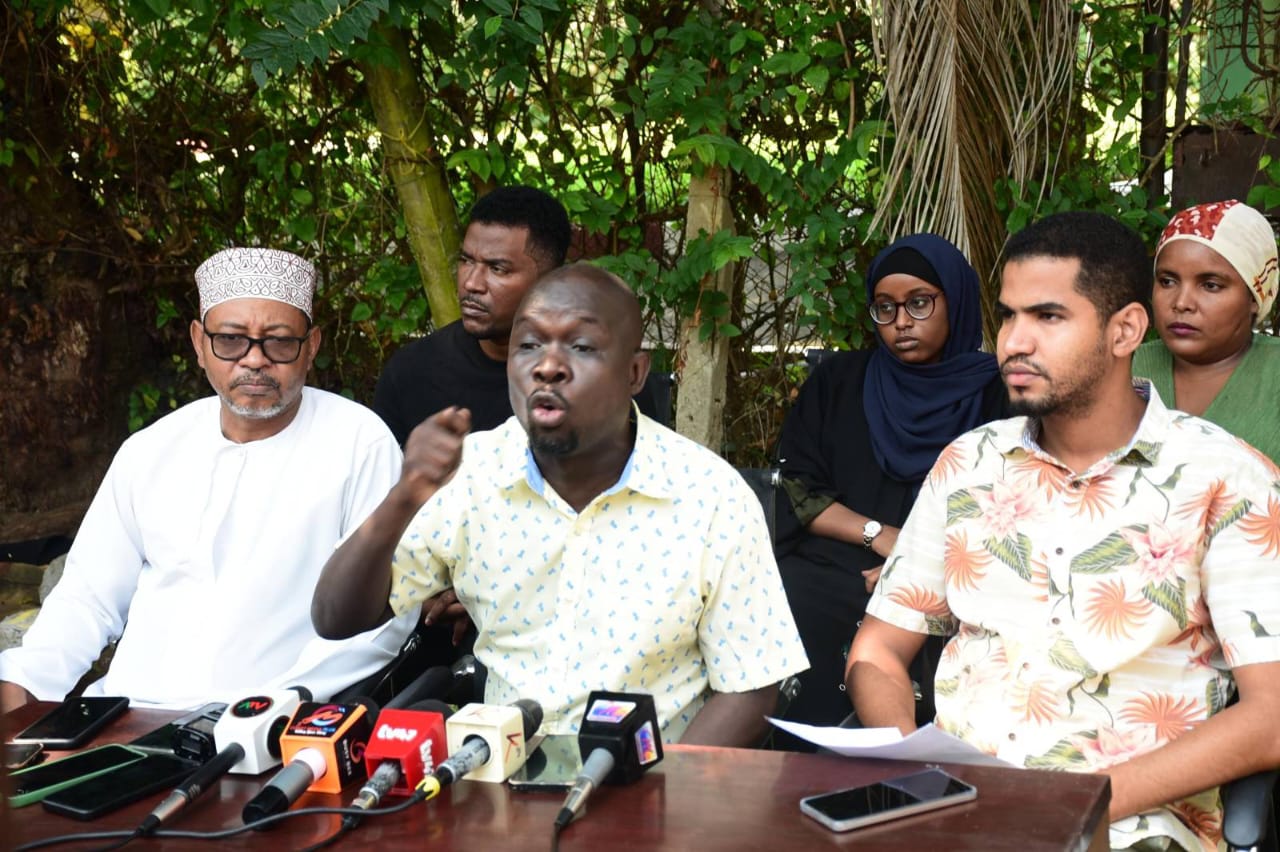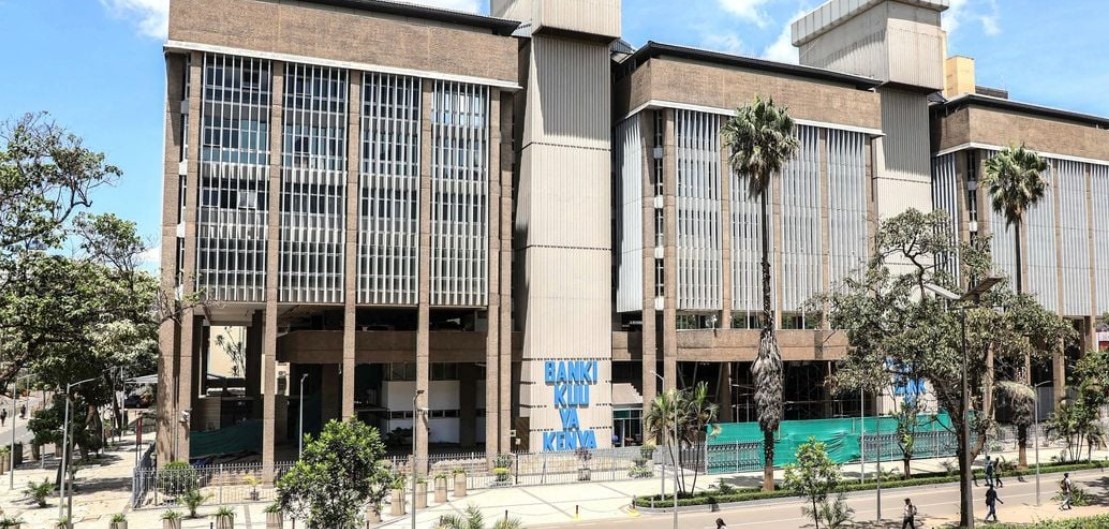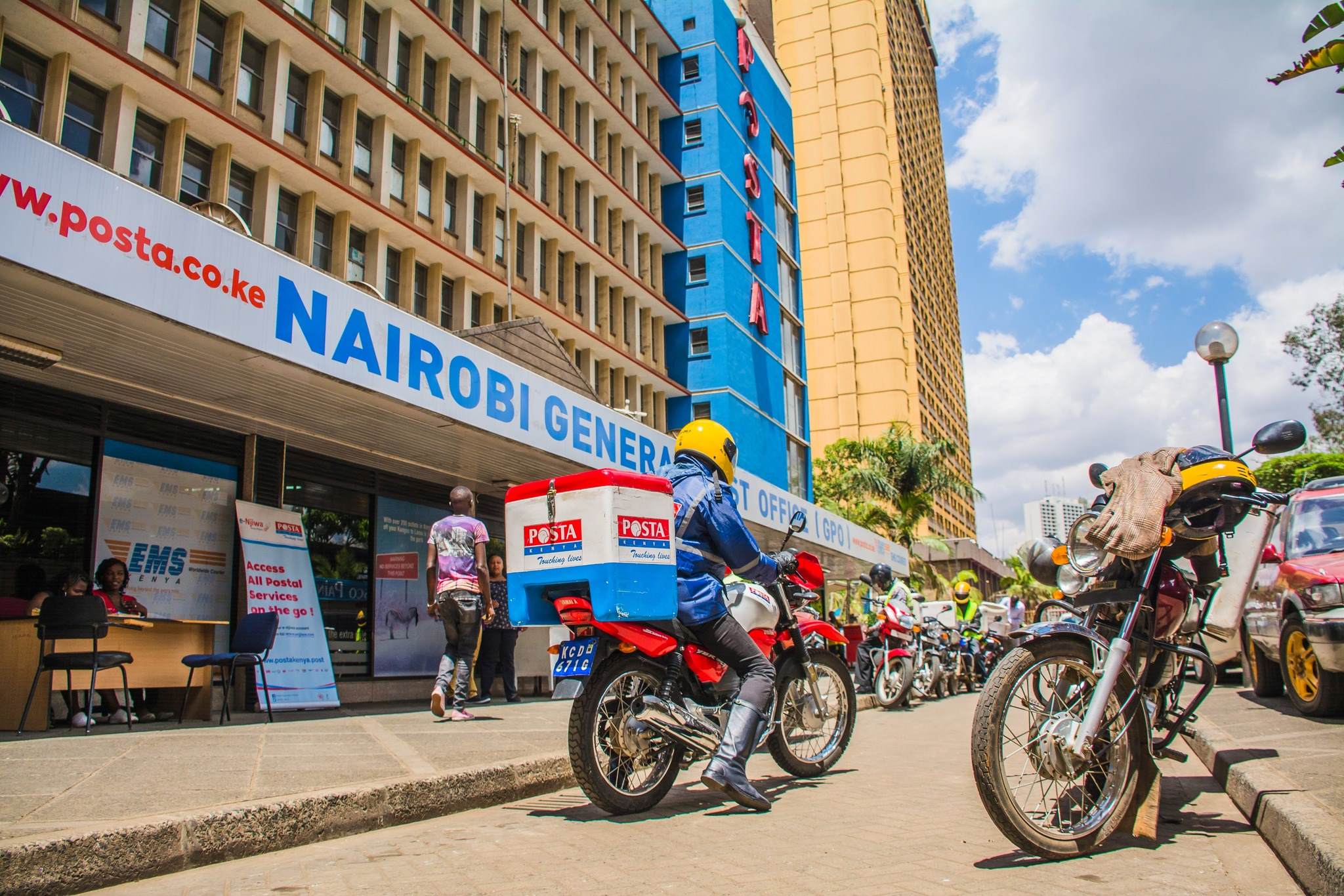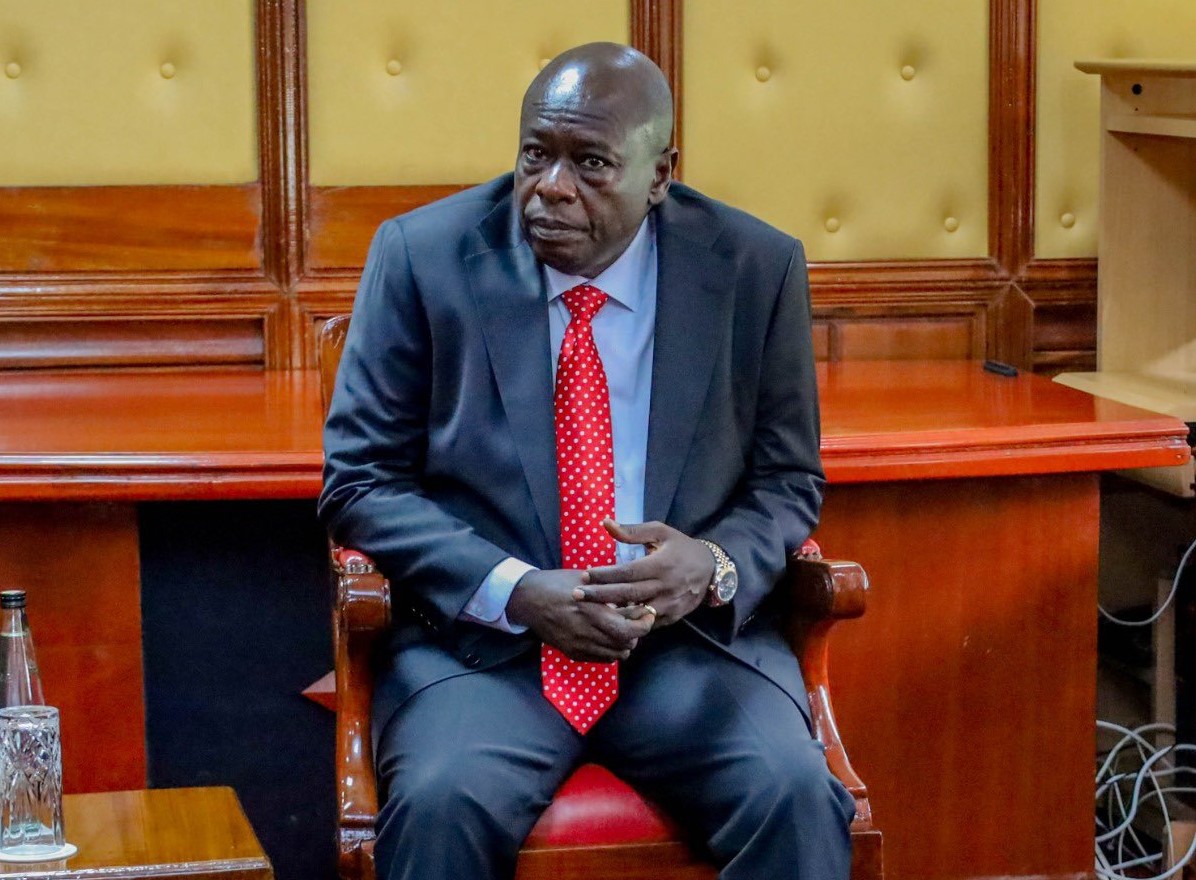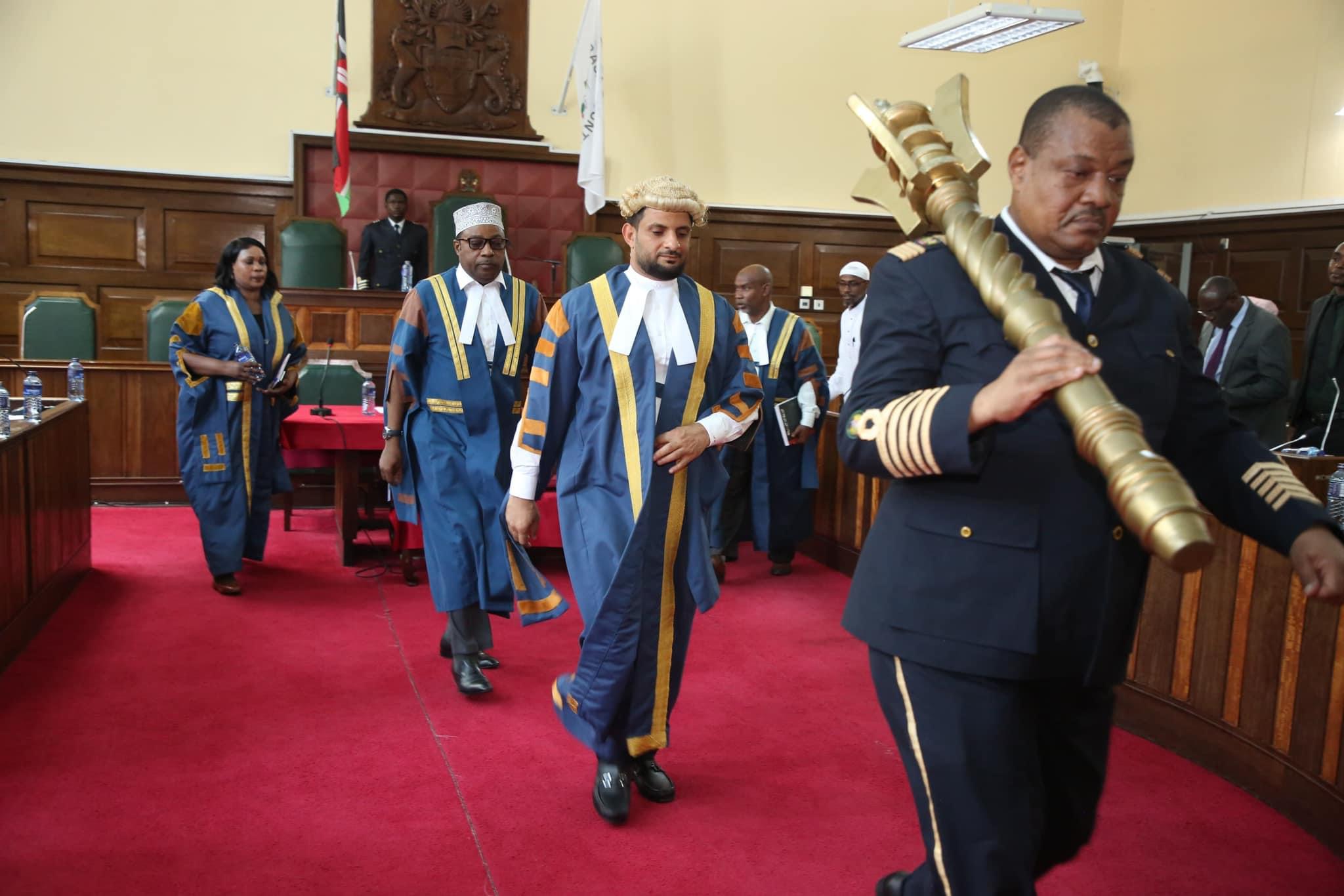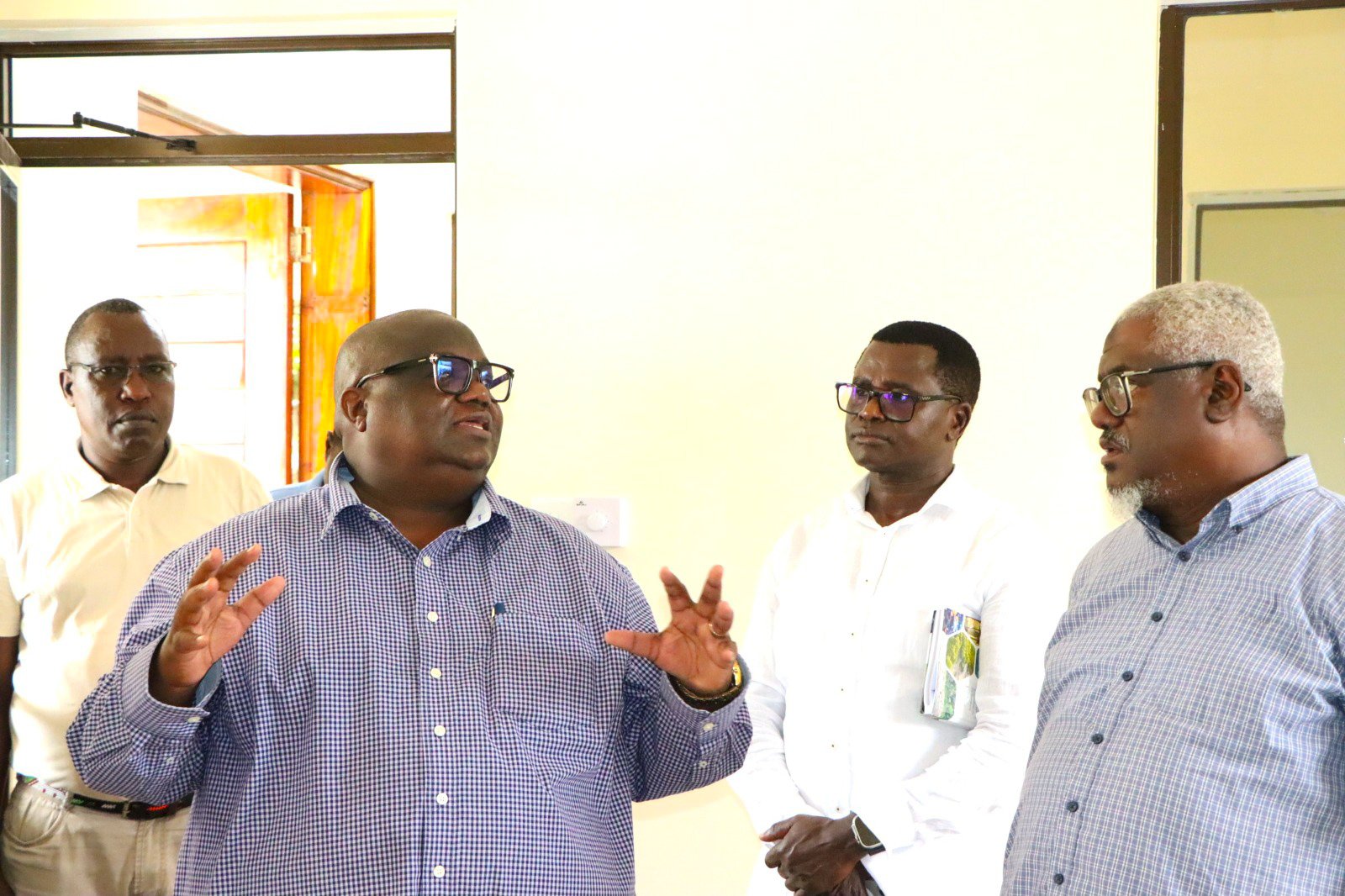Diani's Kongo River estuary: A hidden gem on Kenyan coast
The river, originating from the Shimba Hills, gracefully meets the Indian Ocean in Diani. It is popular with local and international tourists but to fully enjoy it, one must be willing to explore.
In the coastal resort town of Diani in Kenya lies a treasure known as the Kongo River.
The river, originating from the Shimba Hills, gracefully flows into the Indian Ocean in Diani. It is popular with local and international tourists but to fully enjoy it, one must be willing to explore, like a colleague and I did.
More To Read
- Police post to be set up in Mombasa's Mapembeni area after tourist robbed
- Holiday homes redefining Kenya’s coastal stay for local and foreign tourists
- Thousands flock to Mombasa for UN World Tourism Week
- Boon for business owners as Lamu gears up for 10th Yoga Festival
- Diani’s iconic 14th-century mosque takes beachgoers back to historical past
- Tourism boost as Mombasa wins bid to host East African Inter-Parliamentary Games
A Sh200 ride in a tuk-tuk gets us from Diani to Kongo River, where tour guide Hamisi Mwagwaya begins by explaining the name.
“With little known of its history, the name was derived from a name inscribed on a tombstone at the nearby Kongo Mosque compound, where Swaddiq Kongo, a Muslim, was buried centuries ago,” Mwagwaya says, adding there is also a neighbourhood called Kongo Village.
The people in that area are referred to as the Kongo.
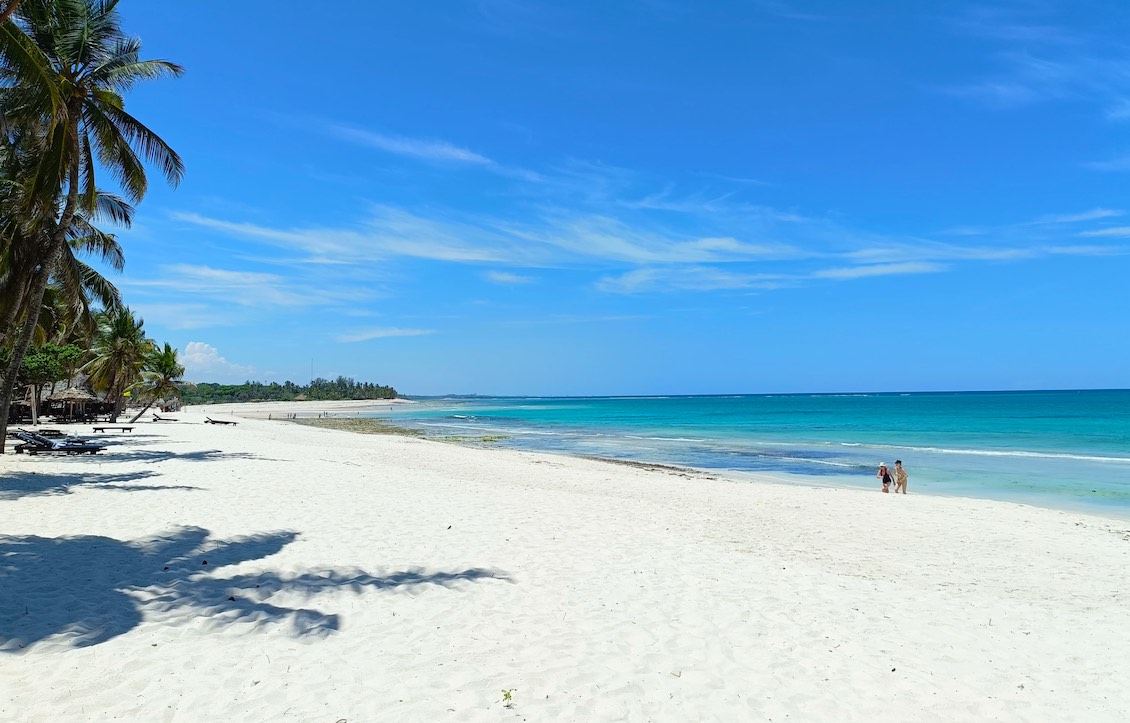 A beach near the Kongo River in Diani. (Photo: Farhiya Hussein)
A beach near the Kongo River in Diani. (Photo: Farhiya Hussein)
The Kongo River estuary, marking the boundary between Diani Beach and Tiwi Beach, is the centre of a picturesque display of white sands and turquoise waters, creating a haven for peace-seekers.
One of the most sought-after activities in these coastal parts is a canoe tour at sunset to witness the breathtaking spectacle unfolding over the river. Boatmen are always ready, lining the shore for pickups.
Mwagwaya says non-residents pay between Sh3,000 and Sh5,000 for a 30 to 45-minute ride in their canoe and across the Kongo River to explore the mangroves, bamboo trees and the Kongo Cave, and then to watch the sunset.
Residents pay between Sh2,000 and Sh3,000 whereas those who can share canoes can save about Sh500.
Many visitors
Convinced by Mwagwaya, we embark on the canoe sunset ride.
The canoe tour at sunset is a sought-after activity, offering breathtaking views and a deep connection with nature.
“The river's cold waters temporarily disturb the coral reefs, creating a unique blend of river and sea that promises a captivating adventure," Mwagwaya says.
He adds that yellowish mangrove trees are considered to be female and are used for shade and firewood, whereas the green ones are considered male and are used to build houses.
As we sail, more than five canoes packed with tourists go by with groups eager to experience the magic. Most of those on board are French or German and there aren't many local tourists.
“Local tourists from outside the Coast and international visitors are the majority of those who go for sunset canoe trips. They love to explore compared to Coast residents,” says Mwagwaya.
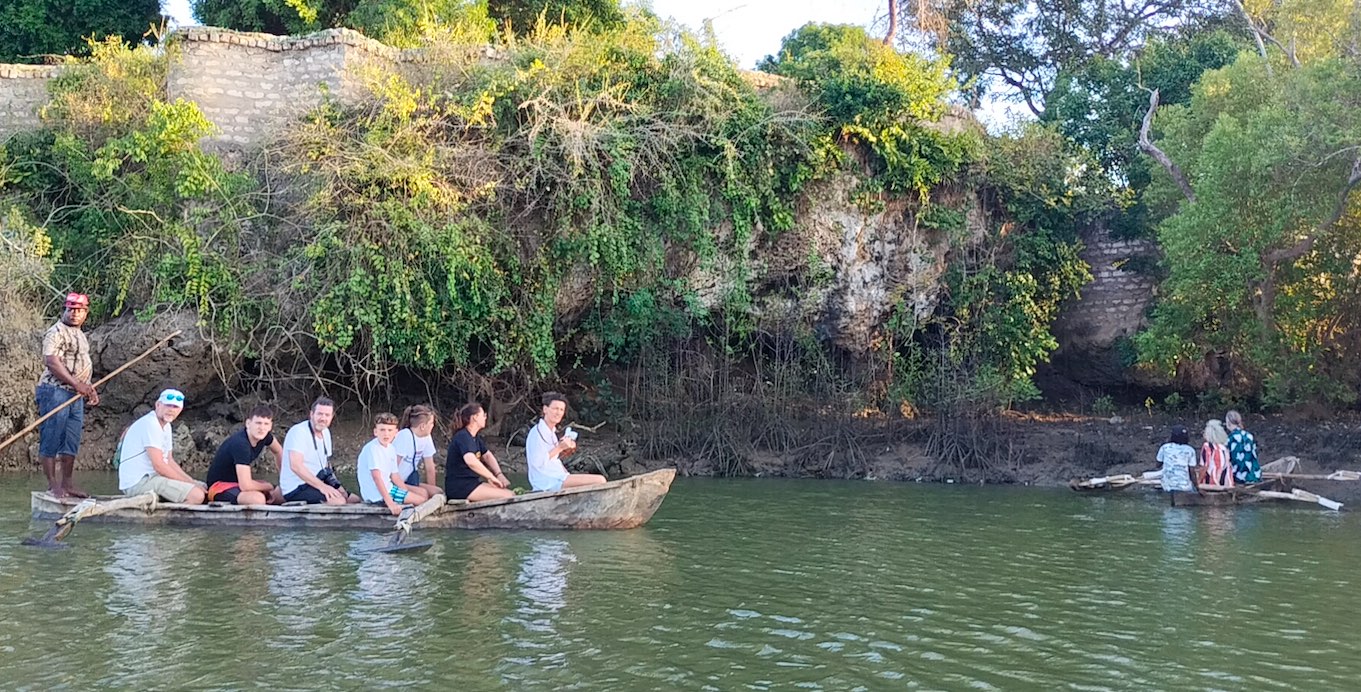 Tourists on a canoe ride on the Kongo River in Diani. (Photo: Farhiya Hussein)
Tourists on a canoe ride on the Kongo River in Diani. (Photo: Farhiya Hussein)
To cater to the foreigners, the tour guides had to become conversant in several languages.
“We get many visitors so we learn their languages so that they feel at home,” Mwagwaya says.
The river also provides food for the locals who sell fish.
“Here you can get the red snapper, the kingfisher and others. When you sail you also notice some birds which eat fish,” says Mwagwaya.
Breathtaking scenes
Ahead of the sunset, more canoes arrive with tourists eager to be amazed by nature.
The riders, skilled and familiar with the waters, steer through the gentle currents toward the centre of the Kongo River, as their passengers enjoy the serenity that surrounds them. The sea sparkles in shades of orange, pink, and gold, showing the last moments of daylight, as some birds fly overhead.
As the canoes approach the estuary, the landscape changes. Mangrove trees line the riverbanks, creating a natural pattern against the darkening sky, while birds fly back to their nests, filling the air with soft chirps.
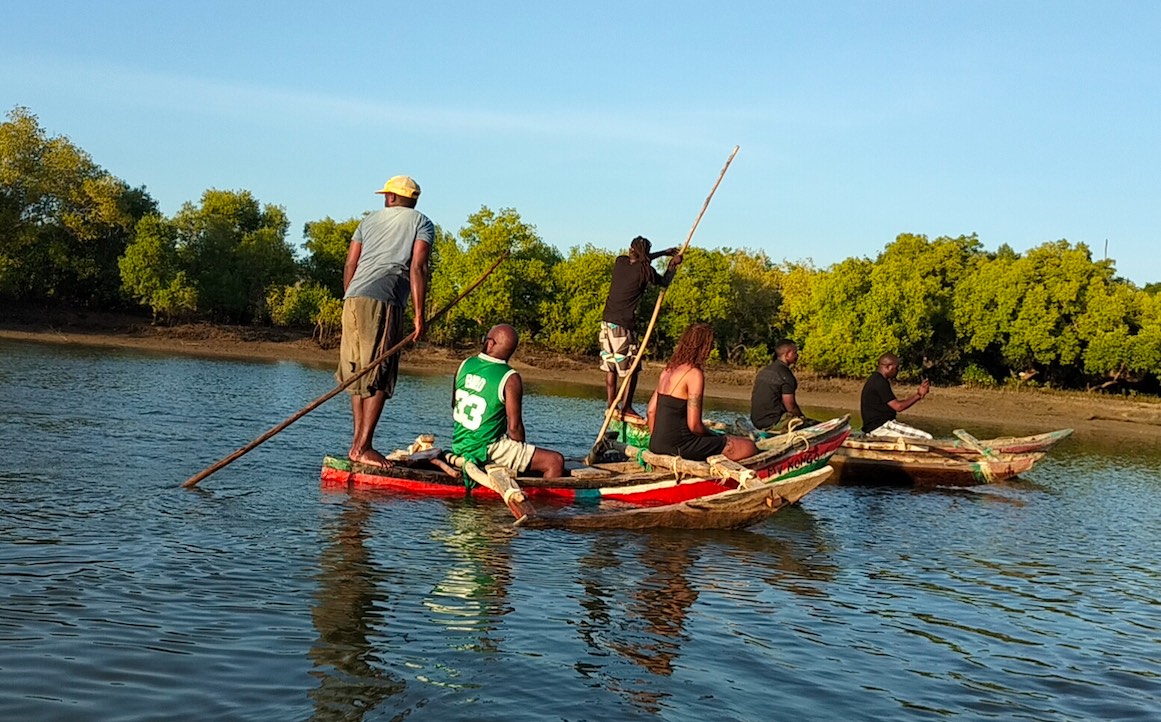 Tourists on a canoe ride on the Kongo River in Diani. (Photo: Farhiya Hussein)
Tourists on a canoe ride on the Kongo River in Diani. (Photo: Farhiya Hussein)
Distant palm trees add an exotic touch to the view, making it feel like a tropical dream.
When the canoes anchor on the calm waters, the moment feels frozen in time with all the tourists in awe, as if in a collective mediation.
The sun, now just a sliver above the horizon, paints the sky with fiery colours with the reflection mirrored by the water.
When the last rays of the sun disappear, applause erupts from the canoes, everyone appreciative of the magic of the Kongo River estuary.
Sarah Adhiambo, a local tourist, says, “I am from Mombasa but this is my first time visiting the Kongo River. I had no idea this place existed. I urge Kenyans to explore the country. It is so beautiful."
Top Stories Today
- Harambee Stars players to receive up to 3-bedroom affordable housing units plus millions for CHAN success
- Mombasa civil society groups demand justice beyond Ruto’s compensation pledge
- Government proposes national tolling policy to fund road development
- Kenyan national, three others indicted in US for allegedly arming Mexican drug cartel
- JSC appoints Sukyan Omar Hassan as acting Chief Kadhi
- Ousted Mombasa Majority Leader Mwamiri accuses assembly of weaponising power




